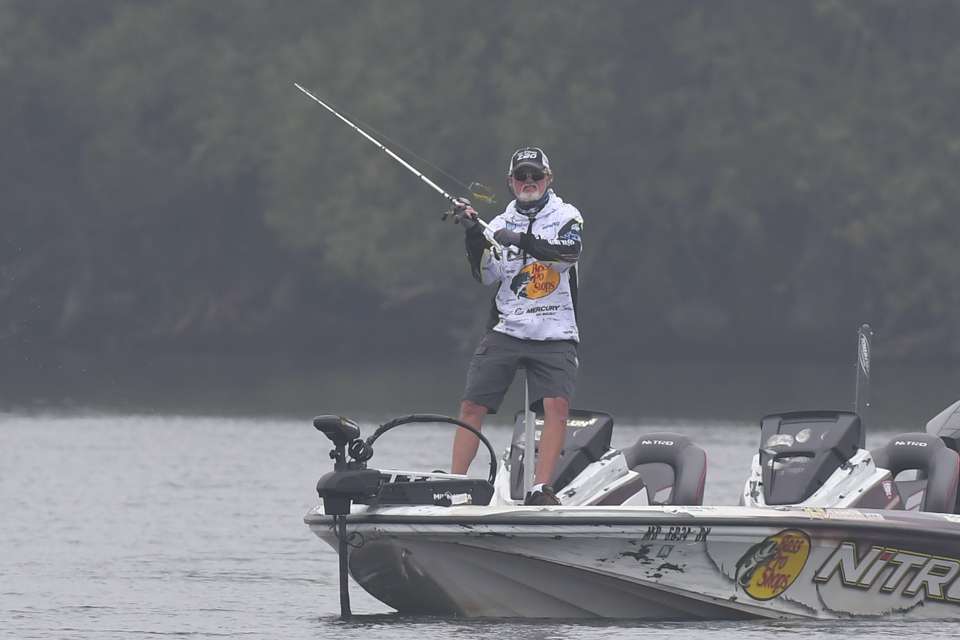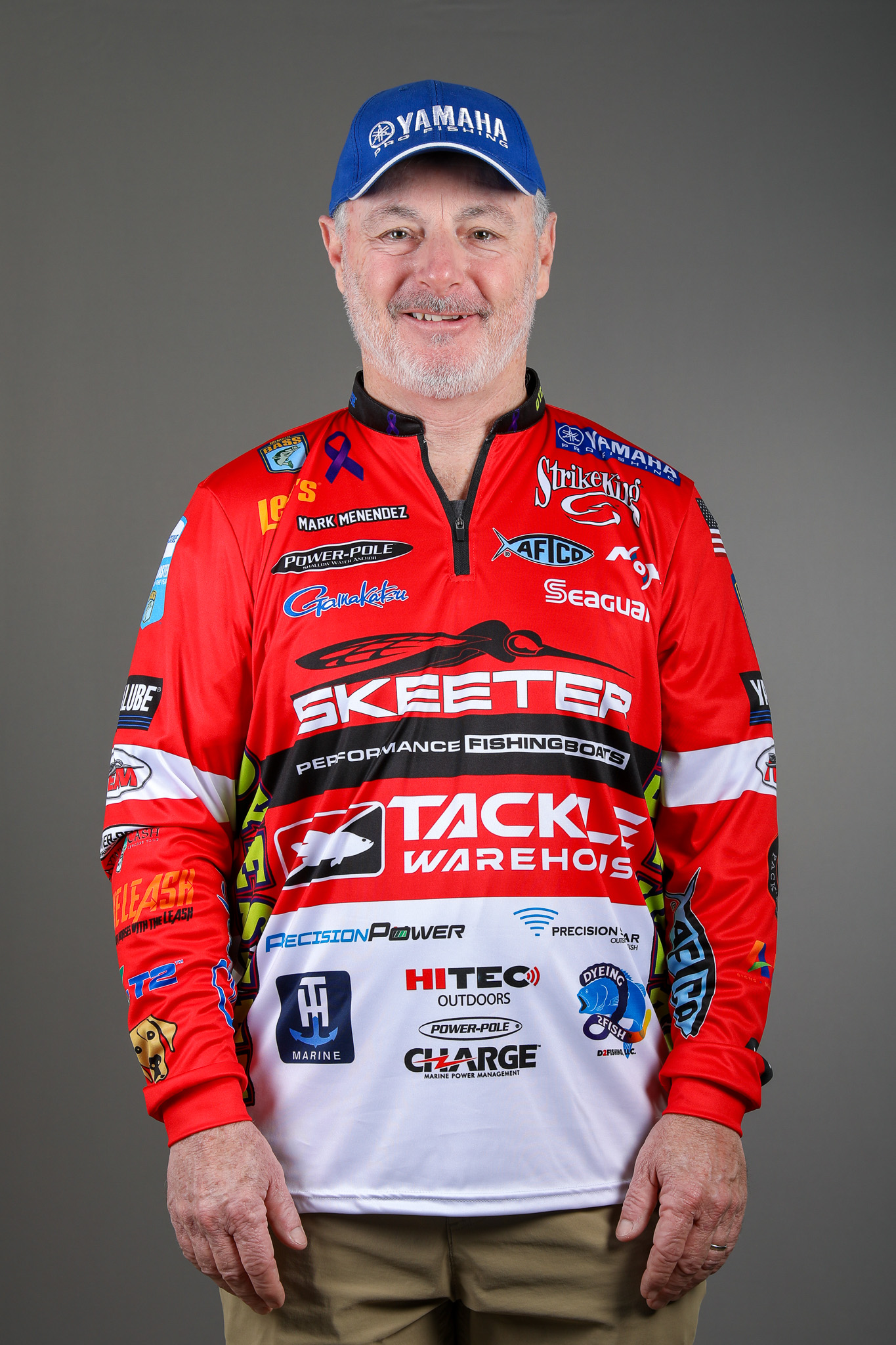
This one comes straight from the “Book of Clunn.” If you want to catch more and bigger bass in the fall, follow the channels. He’s done that for years, and the rest of us took notice along with a few butt-kickings.
This is how we should do it: Start with a major channel that’s out a ways and follow it all the way back until the water thins and turns into dry ground. Really, it’s exactly the same as following an interstate highway to your destination. The bass are doing the same thing only they’re following their instincts.
Actually, it might be more accurate to say they’re following the shad. You see, the shad — and almost all of the other baitfish in the water — follow the channels to get back into shallow water. And they do it for the same reason that the bass follow them. They want something to eat before the water turns really cold and true winter arrives.
Somewhere along that channel you’ll find an irregularity of some sort. It might be structure or it might be cover. Either way it’ll give everything a place to stop on their way to super shallow water. These places aren’t hard to find. They show up, along with the fish, on the most basic SONAR systems.
While I’m thinking about it I want to make sure you use the terms structure and cover correctly. That’s a thing that bugs me. Structure is geographical. It’s about the bottom of the lake or river. Cover is something else — a rock, a stump, weeds. Just because something is attached to the bottom doesn’t make it structure.
So anyway, once you’ve found the fish it’s a matter of selecting the correct lure. In general, if there’s 15 feet of water or less over the channel irregularity, fish with a crankbait. The water’s still plenty warm and there’s no better search bait in your boat. If the water’s deeper than 15 feet, try something that bounces off the bottom. A jig, Texas-rigged plastic or a drop shot will usually get the job done.
There are some myths about fall that we all need to ignore. You hear about the “fall feeding frenzy” over and over at this time of the year. That happens but only when they’re way back in the shallows with tons of baitfish. That period of time is brief. More likely you’ll have to hunt for them, and hunt hard. They’re moving.
What I’ve just described — with a lot of schooling from the legendary Rick Clunn — is simple, and that’s how we should approach bass fishing. It isn’t rocket science. Simple doesn’t mean easy, though. You have to bear down and spend time with your electronics instead of making meaningless cast after meaningless cast waiting for the “frenzy” to happen.
The bottom line is that you’ll spend a lot more time looking than you will catching, but it’ll be worth it in the end. And you can say you learned it from Rick.





